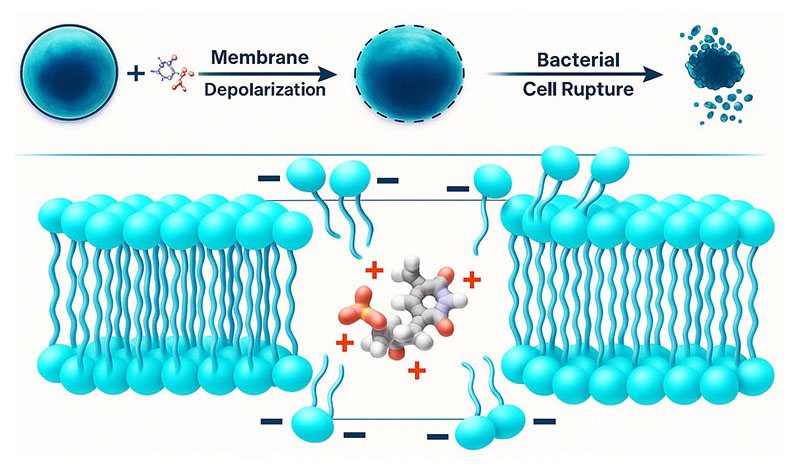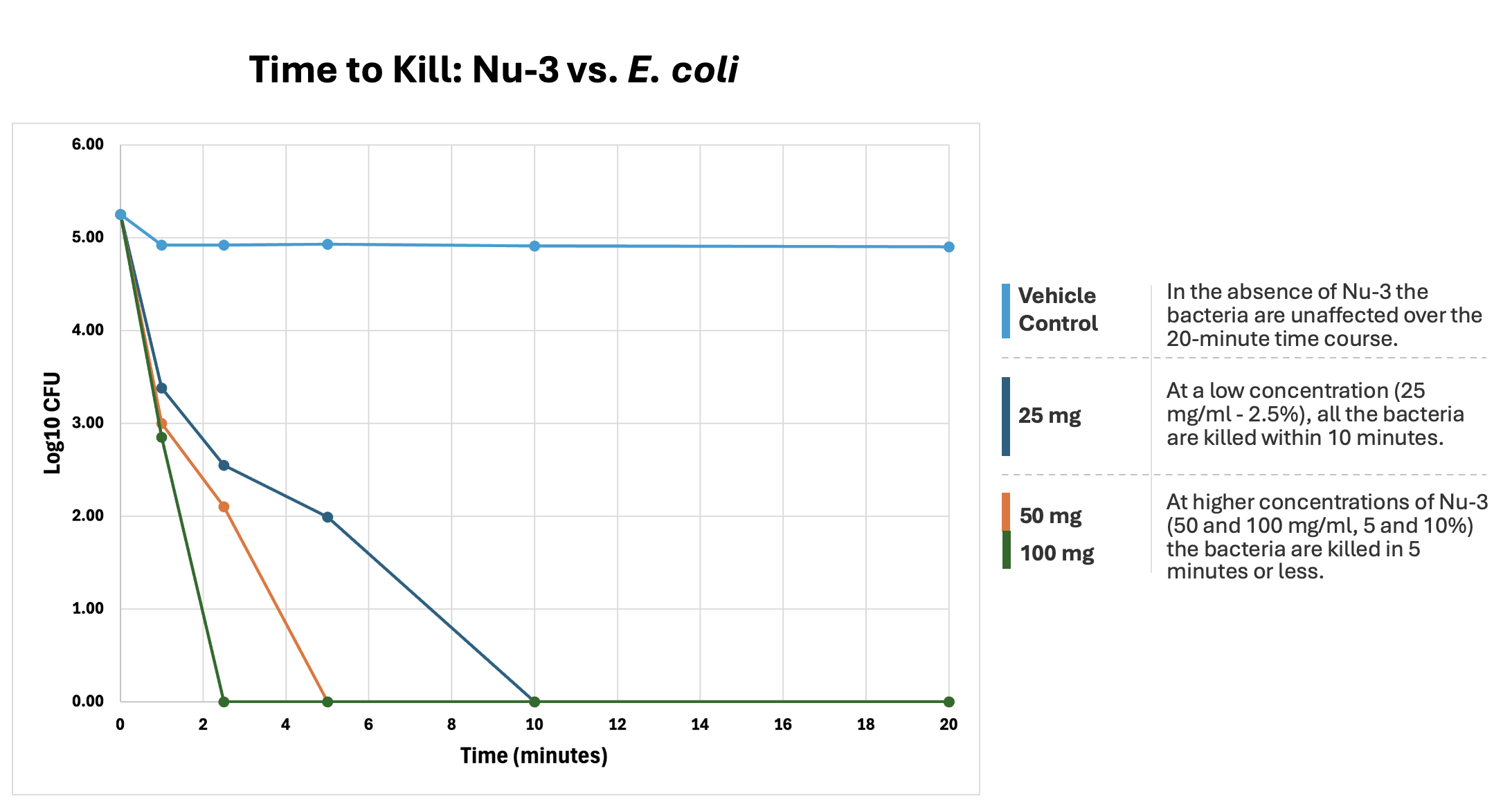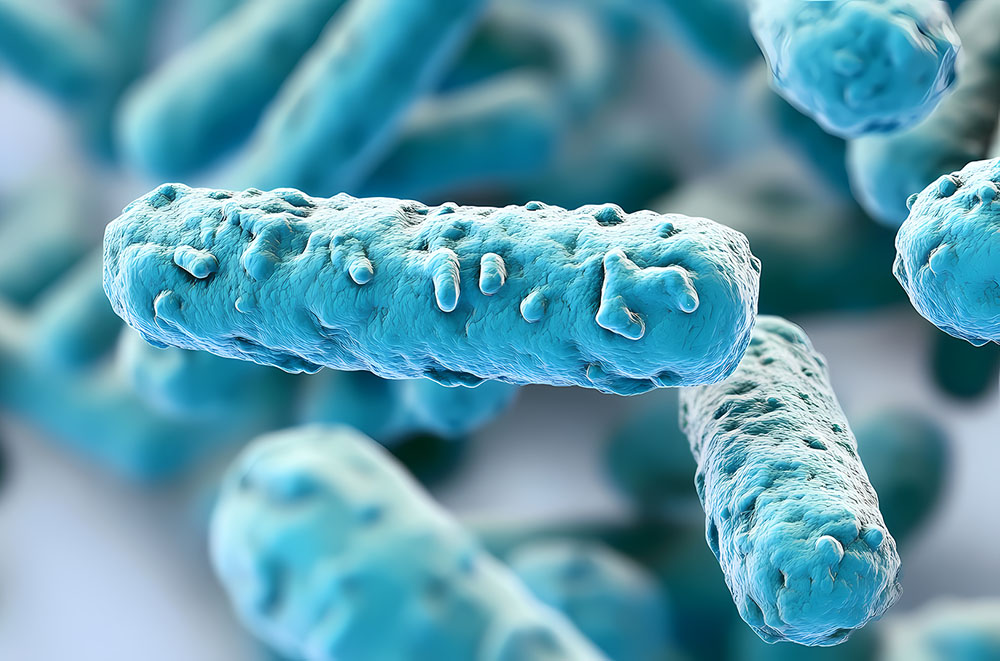OVERVIEW
Lakewood-Amedex Biotherapeutics has discovered a novel class of antimicrobial agents called the Bisphosphocin® class which possess ground-breaking properties that have the potential to provide a significant contribution in fighting the Antimicrobial Resistance (AMR) crisis.
Our lead candidate, Nu-3, is formulated as a topical gel, offering several advantages for the treatment of skin infections:
- Rapid and potent antimicrobial action
- Broad-spectrum activity, including against resistant bacterial strains.
- No expected resistance development
Nu-3 is well-suited for topical delivery, which has key advantages over systemic treatments:
- Targeted delivery at the infection site, overcoming circulation challenges in diabetic patients
- Minimal systemic exposure, reducing side effects while allowing for sufficient concentrations at the infection site
Nu-3 is initially being developed for the treatment of mildly Infected Diabetic Foot Ulcers (iDFU).







